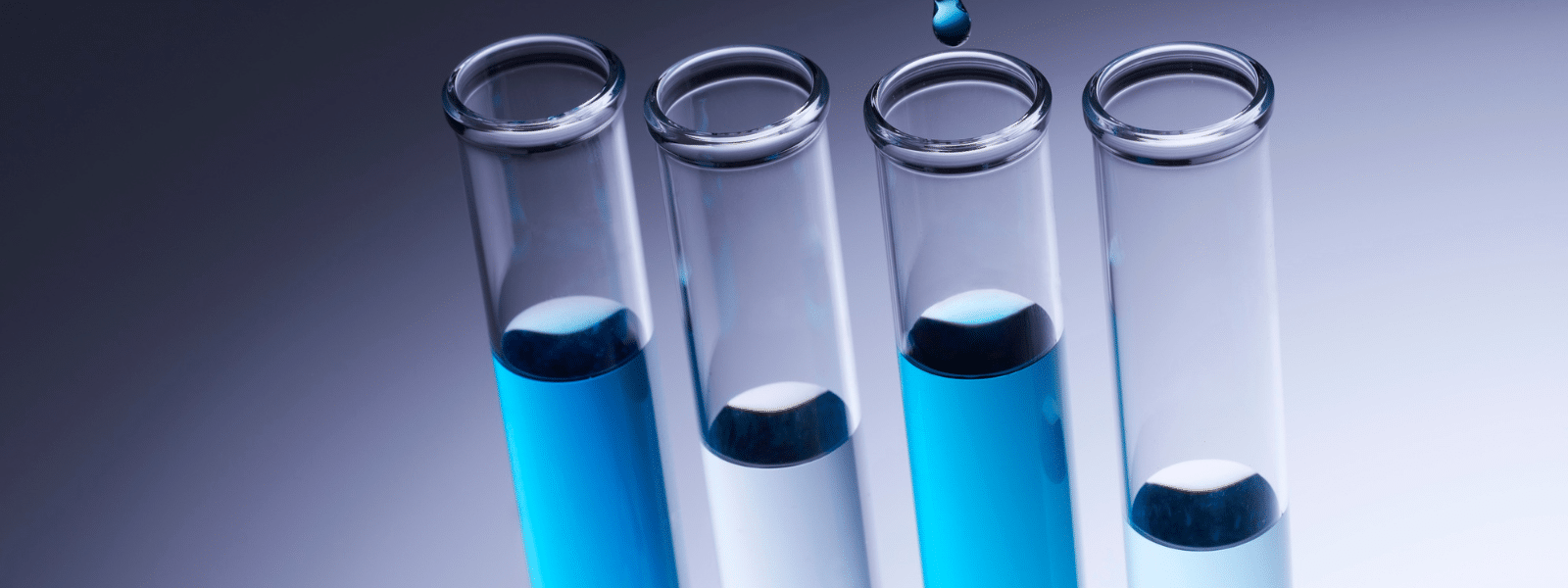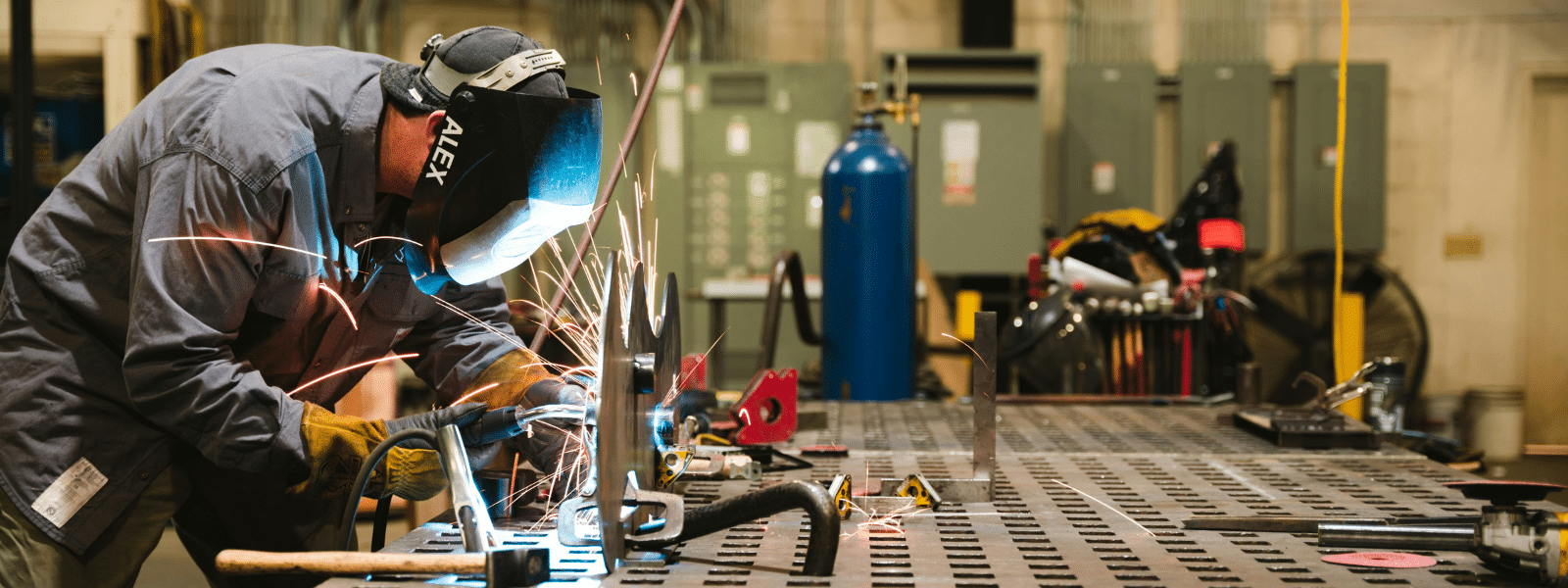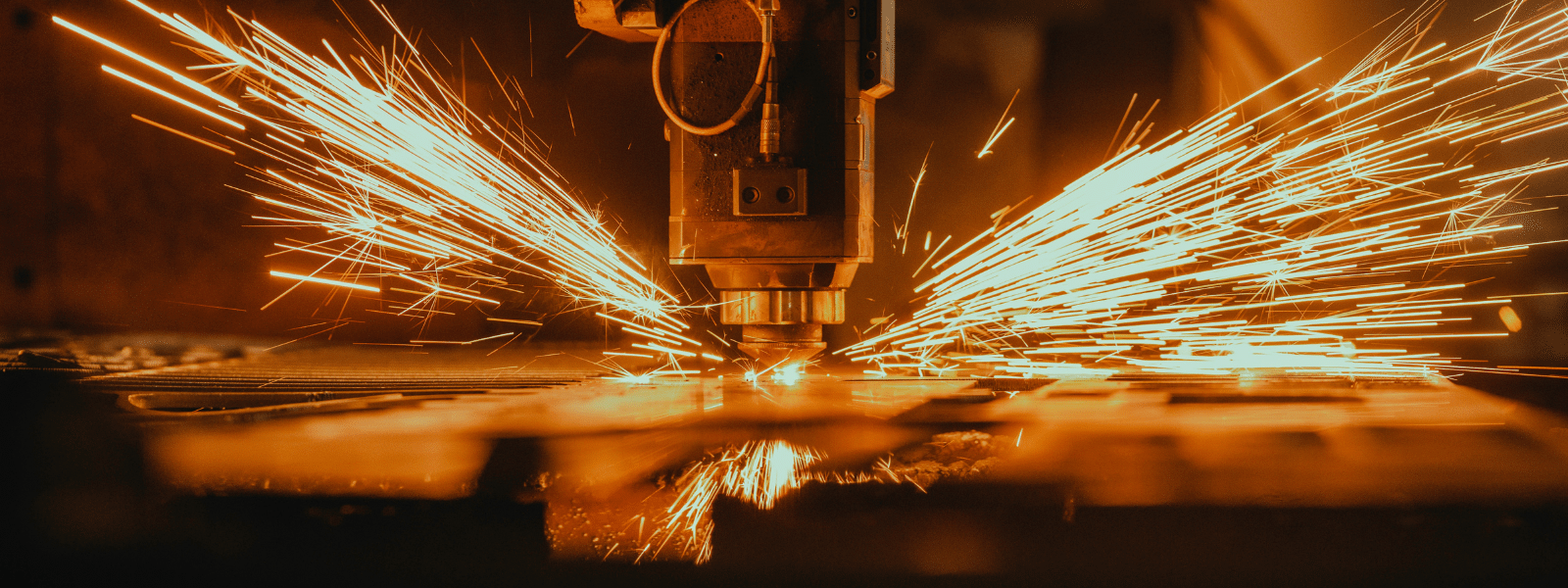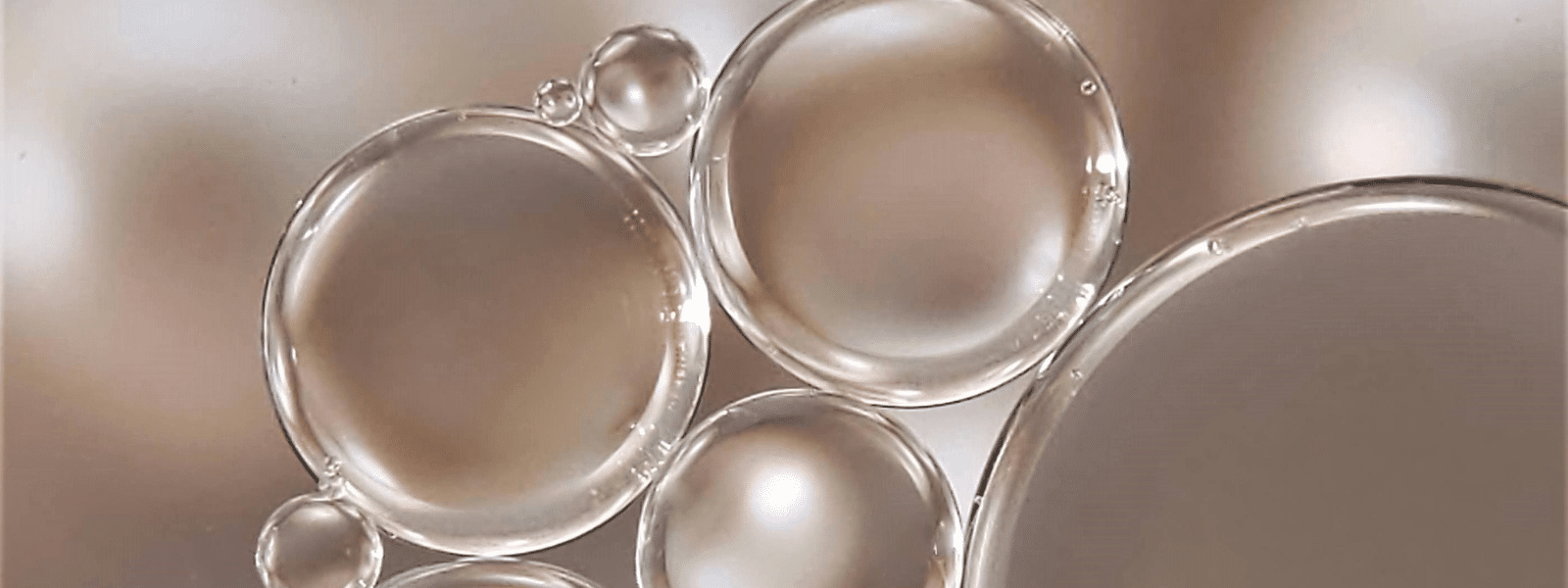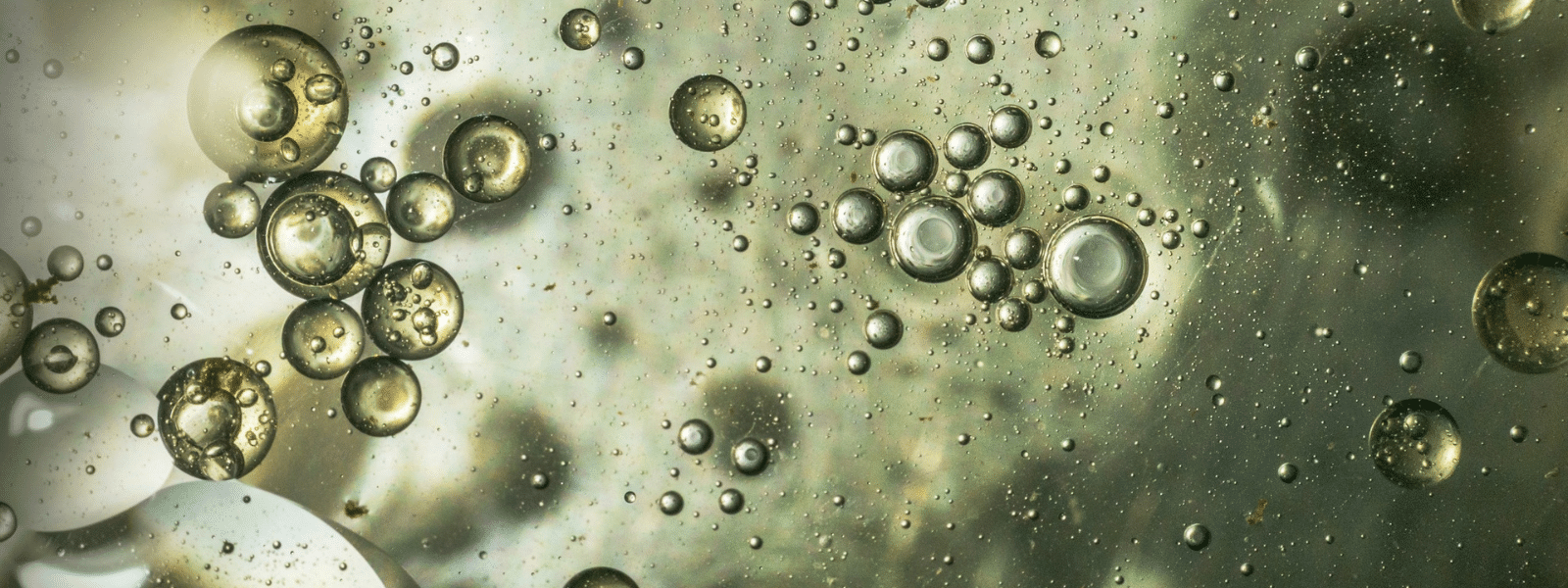If you are in the market for industrial cleaning solvents, chances are that you have heard of hazardous air pollutants (HAPs) and the problems they can cause. For many companies, two of the biggest problems HAPs create are negative health conditions in workers and toxic emissions that can trigger heavy fines if they exceed government-imposed emission caps.
With this in mind, below are four types of companies that can significantly benefit from using non hazardous air pollutants, which are substances that contribute to emissions, but not in a capacity that the EPA regulates. If you have questions about the difference between non hazardous air pollutants and hazardous ones, call Ecolink today at (800) 563-1305.
- Companies Located in Low Emission Zones
Low emission zones (LEZs) are areas where emission caps are considerably lower than they are in most other types of environments. If your company is located in a LEZ and uses a significant volume of industrial cleaning solvents, using solvents that contain no HAPs may be essential for completing work processes while avoiding fines for breaking emission caps.
- Companies With Open Work Environments
Some companies use solvents that contain HAPs in tightly controlled environments that prevent the solutions’ ingredients from moving to other work areas due to evaporation and airflow, while other companies must use them in open work environments. The latter type of companies can use non hazardous solutions to help prevent widespread, negative health conditions in workers.
- Companies That Depend Heavily on Manpower
Solvents that contain HAPs are well-known for causing acute and chronic negative health conditions in workers who are highly exposed to them. For companies that depend heavily on manpower to carry out business-critical work processes, the use of non hazardous air pollutants can help prevent dips in productivity that result from HAP-related health conditions in workers.
- Companies That are in Cost Cutting Mode
The use of solutions that contain HAPs can lead to several types of financial circumstances that negatively impact the bottom line, including: workers compensation payouts, financial settlements for legal liability cases, increased payment of sick days, and government fines. If your company is currently in cost cutting mode, using solvents that have HAPs presents a conflict of interest. Switching to non hazardous solvents is the financially sensible alternative.
Need Non Hazardous Industrial Cleaners?
If your company has determined that using solvents with HAPs is too financially risky and/or poses too much danger to workers, switching to solutions that are classified as non hazardous air pollutants may be the most sensible alternative. To find out for sure, contact the solvent specialists at Ecolink by calling (800) 563-1305, or refer to the contact page on our website.
We have years of experience in helping companies replace hazardous cleaning solvents with non hazardous solvents that are safer to use than their toxic counterparts, while delivering the same level of cleaning power as the solutions that they replace. Swap out hazardous solvents for non hazardous ones, and protect your company against the negative impact of HAPs.






